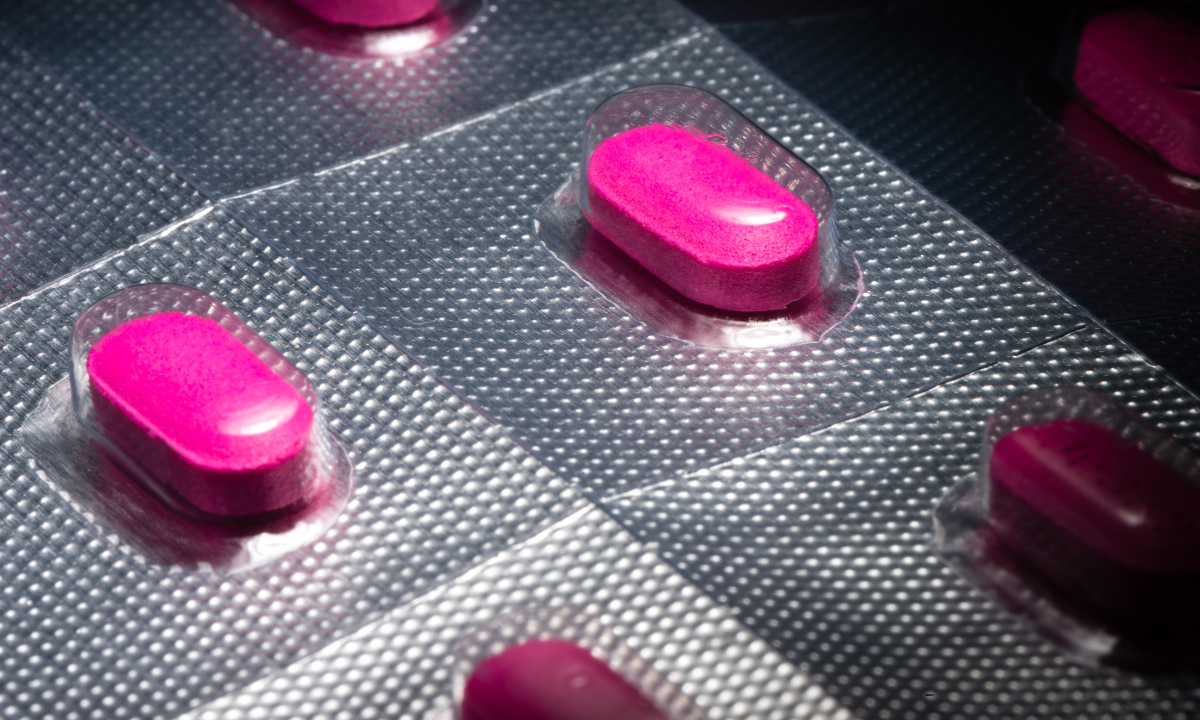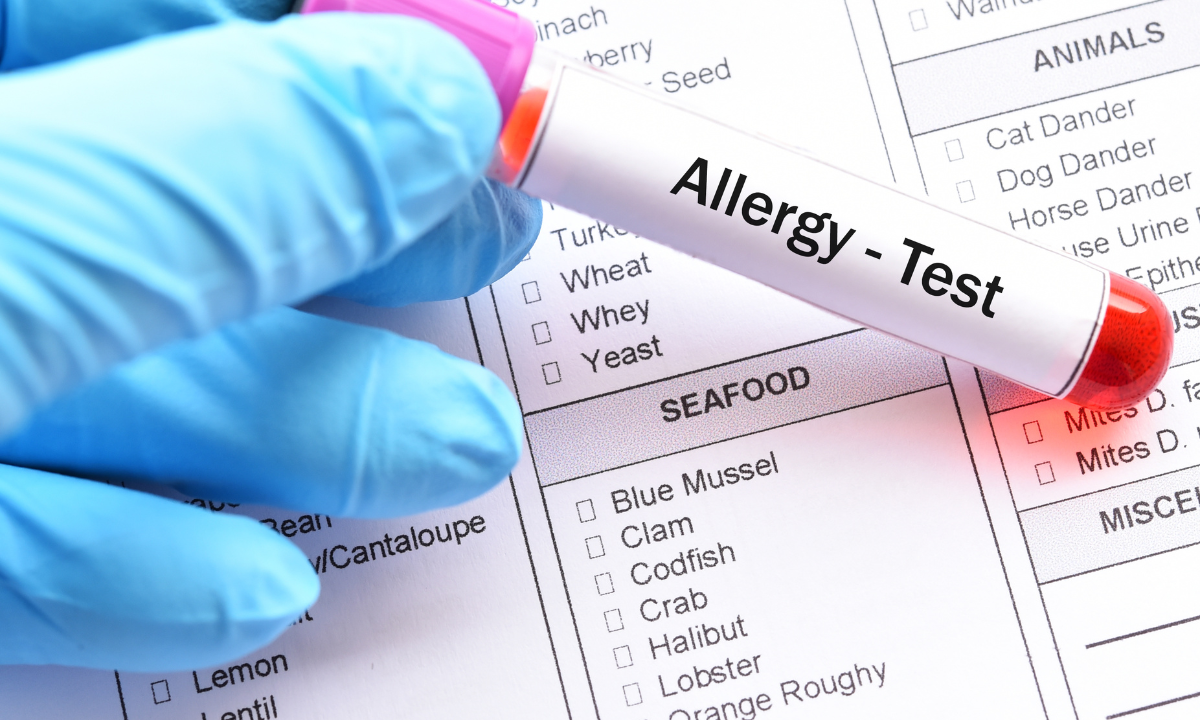Hives can appear out of nowhere, leaving your skin red, raised and unbearably itchy. It is completely natural to feel unsettled when this happens, especially if you are not sure what caused it.
The good news is that hives are a fairly common issue, and for most people they can be settled with the right care. Understanding what triggers them and how to soothe your skin can help you feel more comfortable and confident about managing flare-ups.
What are hives?

Hives, also called urticaria, are a common skin reaction, especially in Singapore’s tropical climate. They appear as raised, itchy skin rashes that can be red or slightly swollen.
The size can vary from tiny spots to larger patches, and the rash often seems to move around the body, fading in one area and appearing in another. While this can be uncomfortable or worrying, it’s a typical pattern of hives and usually not dangerous.
Most episodes last a few hours to a few days. When hives persist for six weeks or longer, the condition is known as chronic urticaria.
Common causes of hives
Hives happen when your immune system releases histamine, a chemical involved in allergic and inflammatory responses, into the skin. This can occur for many reasons, and it does not always indicate a serious allergy.
The release of histamine causes the blood vessels in the superficial layers of the skin to expand and leak fluid, leading to swelling and the characteristic raised bumps that may come and go within hours.
Common triggers include:
Allergic reactions:
Often caused by certain foods, medications, or insect stings
Bacterial or viral infections:
Illnesses such as colds, flu, or other infections can temporarily activate the immune system, sometimes triggering hives
Spicy foods:
Can irritate the skin or provoke histamine release in sensitive individuals
Heat, cold, or sudden temperature changes:
Rapid changes in temperature can cause the skin to react
Stress or emotional triggers:
Emotional strain may worsen or provoke hives in some people
Pressure on the skin:
Tight clothing, straps, or friction can sometimes trigger hives
Exercise:
Physical activity may induce hives in susceptible individuals
Hormonal shifts:
Changes during menstruation, pregnancy, or other hormonal fluctuations can contribute
Your skin may also react more strongly when you are tired, run-down, or recovering from an illness. Some people experience hives only once in their lifetime, while others may notice them periodically.
What hives feel and look like
Hives often show up as raised, pink or red patches on the skin, and they can feel itchy, warm, or a little swollen. Many people find the sensation unsettling at first, especially when the skin changes so quickly, but this reaction is very typical of hives. You may notice:
Small spots or larger patches that merge together
Soft, raised bumps that seem to sit on the surface of the skin
Areas that appear suddenly, then fade just as quickly
It can be confusing when one patch disappears and another shows up somewhere else, but this “moving” pattern is completely normal. It does not mean the rash is spreading or that your condition is getting worse. In most cases, hives calm down on their own within a few hours to a few days, and the skin returns to its usual appearance once the reaction settles.
If your hives are persistent, severe, or causing concern, consider booking a consultation with Thomson Medical. Our doctor can help identify triggers, provide guidance on relief, and ensure there’s no underlying condition.
Treatment for hives

Managing hives focuses on reducing discomfort, calming the skin, and preventing flare-ups. Treatment depends on your symptoms, their frequency, and any suspected triggers, but most people find relief with simple, safe approaches.
Antihistamines
Antihistamines are commonly used to settle hives because they work directly against the histamine release that causes swelling and itching. Many people find that symptoms improve within hours of taking them.
For ongoing symptoms:
Non-drowsy antihistamines can be taken daily.
For sudden flare-ups:
Your doctor may advise temporarily increasing the dose.
It is important to follow medical guidance when adjusting your medication.
Identifying and avoiding triggers
If a particular trigger is suspected, avoiding it can significantly reduce flare-ups. Sometimes this is straightforward, such as recognising a reaction after eating a specific food.
In other cases, triggers are less obvious. Keeping track of what you were exposed to before a flare (foods, heat, stress, exercise, or medications) can help you and your doctor identify patterns over time.
Cooling and soothing measures
You can often ease the discomfort of hives with a few simple, gentle measures at home:
Apply a cool compress or ice pack to itchy or raised areas to calm the skin
Take a lukewarm shower rather than hot, as heat can make hives worse
Wear loose, breathable clothing to reduce friction and irritation
These small steps can bring noticeable relief and help your skin feel more comfortable while the hives settle.
Traditional Chinese medicine approaches
For those interested in complementary therapies, Traditional Chinese Medicine (TCM) can be explored alongside conventional treatments. TCM aims to support overall skin and immune health by addressing internal imbalances. Approaches may include:
Herbal medicine:
To calm mast cells activity and reduce skin inflammation
Balancing spleen Qi and lung Qi:
To improve immune response and skin resilience
Lifestyle adjustments guided by TCM principles:
Includes diet, gentle exercise, and stress management to promote overall well-being
Many patients find that combining conventional treatment with TCM therapies can help manage chronic hives, reduce flare-ups, and promote overall well-being.
Treating chronic hives
If hives do not settle with standard antihistamines or if they recur frequently, stronger medications or combination treatments may be considered.
Higher-dose antihistamines:
Taken under medical supervision to reduce itching and swelling when standard doses aren’t enough
Leukotriene receptor antagonists:
Help block inflammatory chemicals in the body that can trigger hives
Immunomodulating medications for persistent cases:
Adjust the immune system’s response when hives are chronic or severe
These options are introduced carefully and only when necessary. Your doctor will review your symptoms, medical history, and any possible allergic triggers before deciding on the safest and most suitable approach.
Our dermatologist
Loading...
How are hives diagnosed?
Most of the time, hives can be recognised just by looking at your skin and discussing your symptoms. Your doctor will usually focus on the following factors:
Examining the welts:
Noting their size, colour, and how they move around the body
Talking through your history:
When the hives started, how long they last, and how often they appear
Looking for triggers:
Recent foods, new medications or supplements, environmental exposures, or stress
Further tests aren’t usually needed unless the hives are persistent, uncomfortable, or come with other worrying signs, such as swelling of the lips, tongue, or throat.
Additional diagnostic tools

Blood tests:
Check for immune system activity or autoimmune disorders
Skin tests / skin prick testing:
Identify potential allergic triggers, such as foods, insect stings, or environmental allergens
Allergy tests:
Help pinpoint specific substances that may cause your hives
Oral food challenge or food diary:
To examine suspected food triggers
Skin biopsy (rarely needed):
Examine a small sample of skin to rule out other skin conditions
Even if a clear trigger isn’t found, which happens more often than you might think, there are ways to manage symptoms, and knowing how to handle them can bring a lot of reassurance.
When to seek medical advice
Most cases of hives are mild and temporary. However, there are situations where seeking medical attention is safer and more reassuring. You should speak to a doctor promptly if you experience:
Swelling of the lips, tongue, or face
Difficulty breathing or swallowing
Dizziness or fatigue
Hives that last longer than a few days
Symptoms that keep returning or affect sleep and daily comfort
Hives accompanied by fever, pain, or signs of infection
These symptoms do not always mean a serious reaction, but they may require closer monitoring or additional treatment. A consultation can help clarify the cause and ensure you are well-supported.
If you are unsure whether your symptoms are typical or you feel worried about the severity of your reaction, schedule an appointment with Thomson Medical. Our doctor can assess your skin, review possible triggers, and guide you through treatments that are safe, effective, and personalised to your needs.
Caring for your skin during a hive flare

You can support your skin and reduce the likelihood of future flare-ups with a gentle, thoughtful routine. Consider the following tips:
Use mild, fragrance-free cleansers:
Helps prevent irritation or dryness that can worsen hives, similar to other skin flare-up conditions
Moisturise regularly with products suitable for sensitive skin:
Keeps the skin barrier healthy and reduces itching
Avoid hot showers, saunas, or intense exercise during a flare:
Heat often makes the rash itchier, so cooler showers and breaks from heavy activity can soothe your skin.
Wear soft, loose clothing:
Tight or rough fabrics can irritate already sensitive areas, so gentle fabrics are kinder to your skin.
Reduce scratching by using cool compresses or tapping the skin instead:
Lightly tapping the skin or using a cool compress can calm flare-ups without causing more irritation.
Manage stress levels, as emotional changes can sometimes worsen symptoms:
Stress doesn’t cause hives directly, but it can make your skin more reactive.
A few quiet moments, gentle breathing, or a short walk can help both your mind and your skin feel better.
If you are unsure whether a product is suitable, a healthcare provider can guide you toward options that are gentle on reactive skin.
FAQ
Are hives dangerous?
Most hives aren’t dangerous and often go away on their own within a few hours or days. They can be itchy or uncomfortable, which can be frustrating, but in most cases, they’re not a serious health risk. That said, it’s important to pay close attention to your body.
If you notice swelling around your face, lips, tongue, or throat, or if breathing becomes difficult, seek medical help immediately; these could be signs of a severe allergic reaction, which needs prompt attention.
How long do hives last?
Individual hives often come and go, fading within a few hours, though new ones may pop up over the next few days. If these episodes continue or keep returning for more than six weeks, it’s considered chronic hives. While chronic hives are rarely dangerous, it’s a good idea to check in with a healthcare professional. They can help pinpoint potential triggers and offer ways to manage symptoms more comfortably.
Should I take antihistamines regularly?
If hives are frequent or particularly bothersome, your doctor may suggest taking antihistamines daily for a period of time. This can help:
- Reduce itching
- Prevent flare-ups
- Stabilise your skin
It’s important to follow your doctor’s advice on the type and dosage of antihistamines that are safest for you.
Can stress cause hives?
Stress doesn’t directly cause hives, but it can make your skin more reactive and worsen existing symptoms. Many people notice flare-ups during periods of emotional or physical stress, so managing stress through relaxation, sleep, or gentle exercise can sometimes help.
Do hives mean I’m allergic to something?
Not necessarily. While hives can be triggered by allergic reactions, many episodes occur without a clear cause. Common triggers include:
- Viral or bacterial infections
- Temperature changes
- Pressure on the skin
- Even unknown factors
A thorough assessment can help determine whether allergies play a role.
Can hives come back?
Yes, hives can recur, sometimes in the same place or in different areas of the body. Triggers can change over time, and even if a cause isn’t found, treatments like antihistamines or lifestyle adjustments can help manage flare-ups.
The information provided is intended for general guidance only and should not be considered medical advice. For personalised recommendations and tailored advice based on your unique situations, please consult a specialist at Thomson Medical. Request an appointment with Thomson Medical today.
Dr Tan Hiok Hee
Dermatology (Skin)
Thomson Specialist Skin Centre (Novena Specialist Center)
English, Mandarin
.png%3Fbranch%3Dprod&w=640&q=75)
